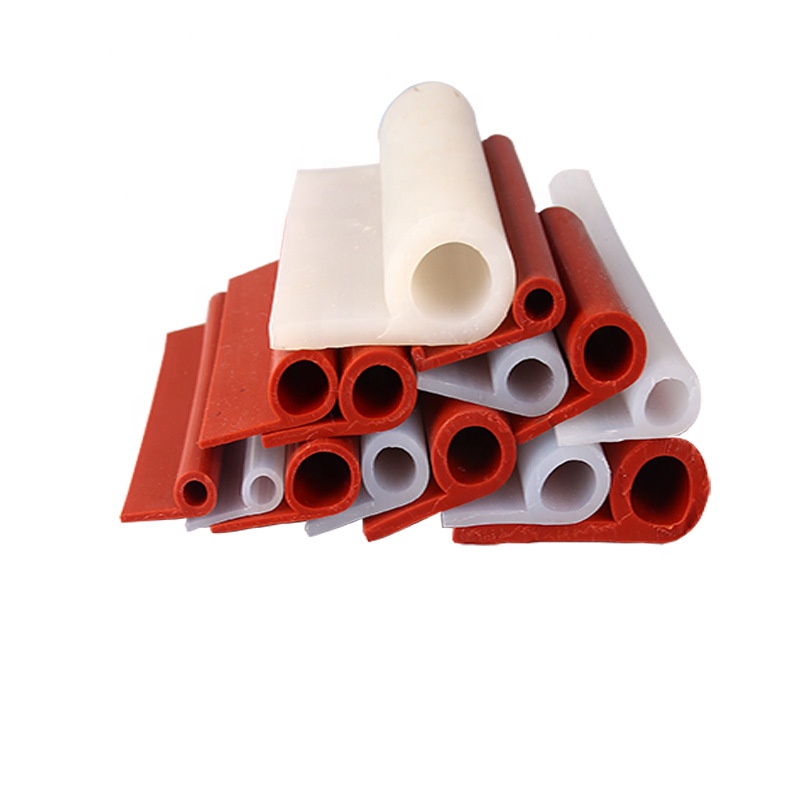Nov . 27, 2024 08:59 Back to list
Effective Sealing Strips for Bathrooms and Kitchens to Prevent Water Damage
The Importance of Sealing Strips in Bathrooms and Kitchens
In households around the world, the kitchen and bathroom are two of the most frequently used rooms. They are also two areas that are particularly susceptible to moisture, spills, and potential damage. One of the simplest yet most effective ways to protect these spaces is through the use of sealing strips.
What Are Sealing Strips?
Sealing strips, also known as weatherstripping or sealants, are materials that are used to block moisture and air leaks in various settings. In kitchens and bathrooms, sealing strips are typically made from rubber, vinyl, or silicone and can be installed around doors, windows, sinks, bathtubs, and shower stalls. Their primary purpose is to create a barrier that prevents water from seeping into areas where it can cause damage, mold, and mildew.
Preventing Water Damage
Water damage is a common problem in both kitchens and bathrooms. Leaky faucets, overflowing sinks, and splashes from the shower can all contribute to moisture buildup, which can lead to serious issues over time. When water seeps into walls or under flooring, it can cause wood rot, shift tiles, and encourage the growth of harmful mold. By installing sealing strips, homeowners can effectively minimize the risk of water intrusion. These strips keep water contained within designated areas, making it easier to clean and maintain.
Enhancing Hygiene
Another crucial factor in kitchens and bathrooms is hygiene. Moist environments are breeding grounds for bacteria, fungi, and other microorganisms. Sealing strips can help create a tighter seal around areas that are often exposed to water, such as the base of a bathtub or the edges of a sink. By preventing water from accumulating in crevices and corners, sealing strips help maintain a cleaner, healthier environment.
sealing strip bathroom and kitchen

Energy Efficiency
Beyond their essential roles in preventing water damage and enhancing hygiene, sealing strips can also contribute to energy efficiency. In bathrooms and kitchens, open gaps and leaks can lead to significant air loss, which in turn can increase heating and cooling costs. Sealing strips effectively insulate these rooms, keeping conditioned air inside and preventing exterior drafts. This not only helps maintain a comfortable indoor temperature but also reflects a commitment to energy conservation.
Easy Installation and Maintenance
Installing sealing strips is a straightforward process that often requires minimal tools. Most homeowners can complete the installation themselves, making it an accessible upgrade for anyone looking to improve their living spaces. Additionally, maintaining sealing strips is relatively simple; regular inspections and cleaning can extend their lifespan, ensuring that they continue to perform effectively.
Choosing the Right Sealing Strips
When selecting sealing strips, it’s important to choose the right material for the specific application. For instance, silicone strips are ideal for bathrooms due to their high resistance to humidity and mold, while rubber strips may be more suitable for kitchen applications involving spills or heavy traffic. Additionally, it’s advisable to consider the size and design of the space to ensure a snug fit.
Conclusion
In summary, sealing strips are an indispensable feature in kitchens and bathrooms. By preventing water damage, enhancing hygiene, and promoting energy efficiency, they play a vital role in maintaining the integrity and functionality of our homes. As homeowners seek to create comfortable and lasting spaces, investing in high-quality sealing strips is a wise decision. Simple to install and maintain, these unassuming strips can make a world of difference in keeping our homes safe and enjoyable.




